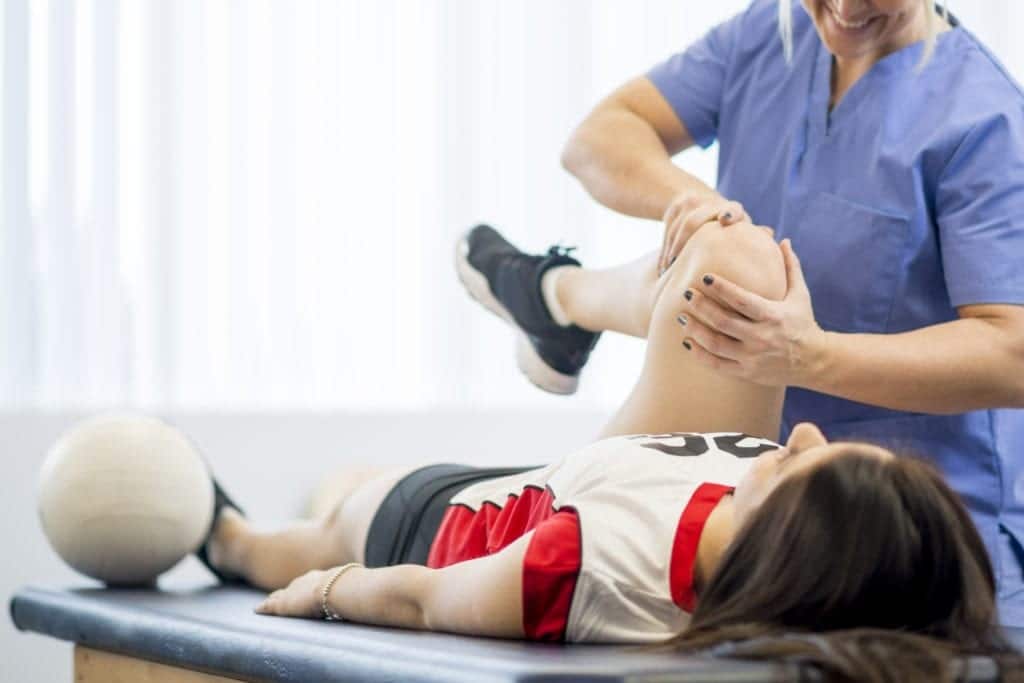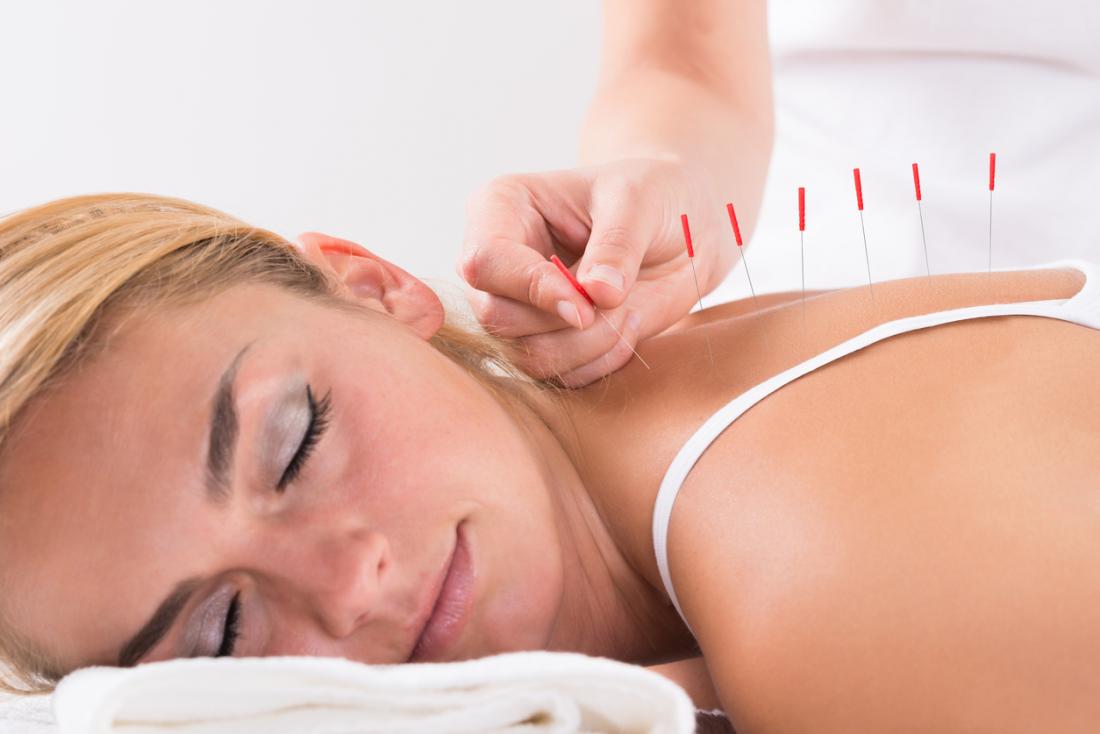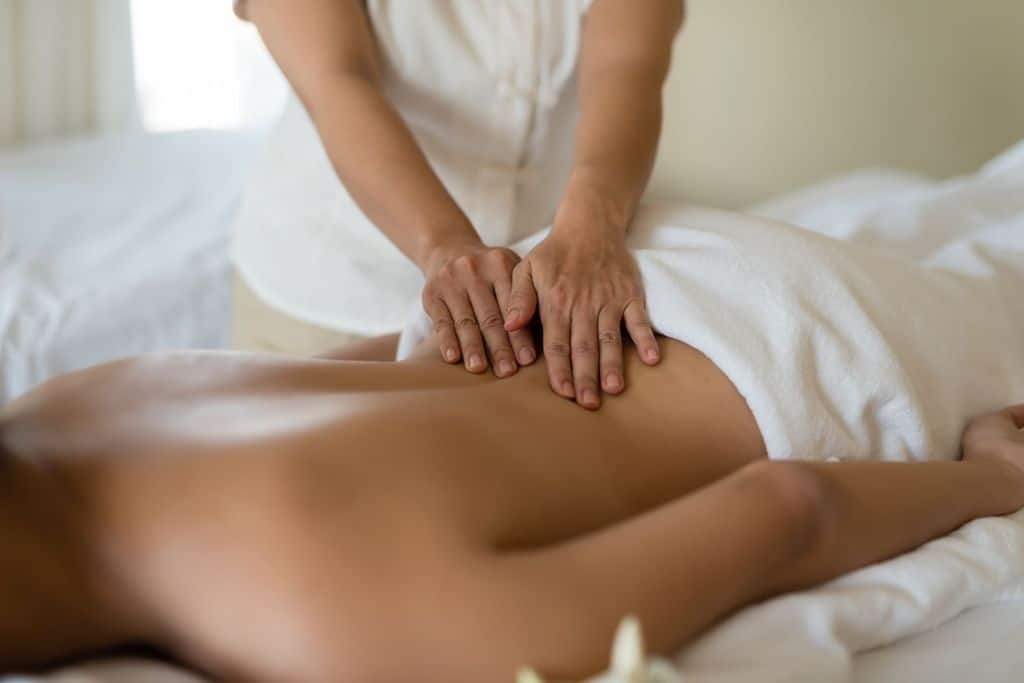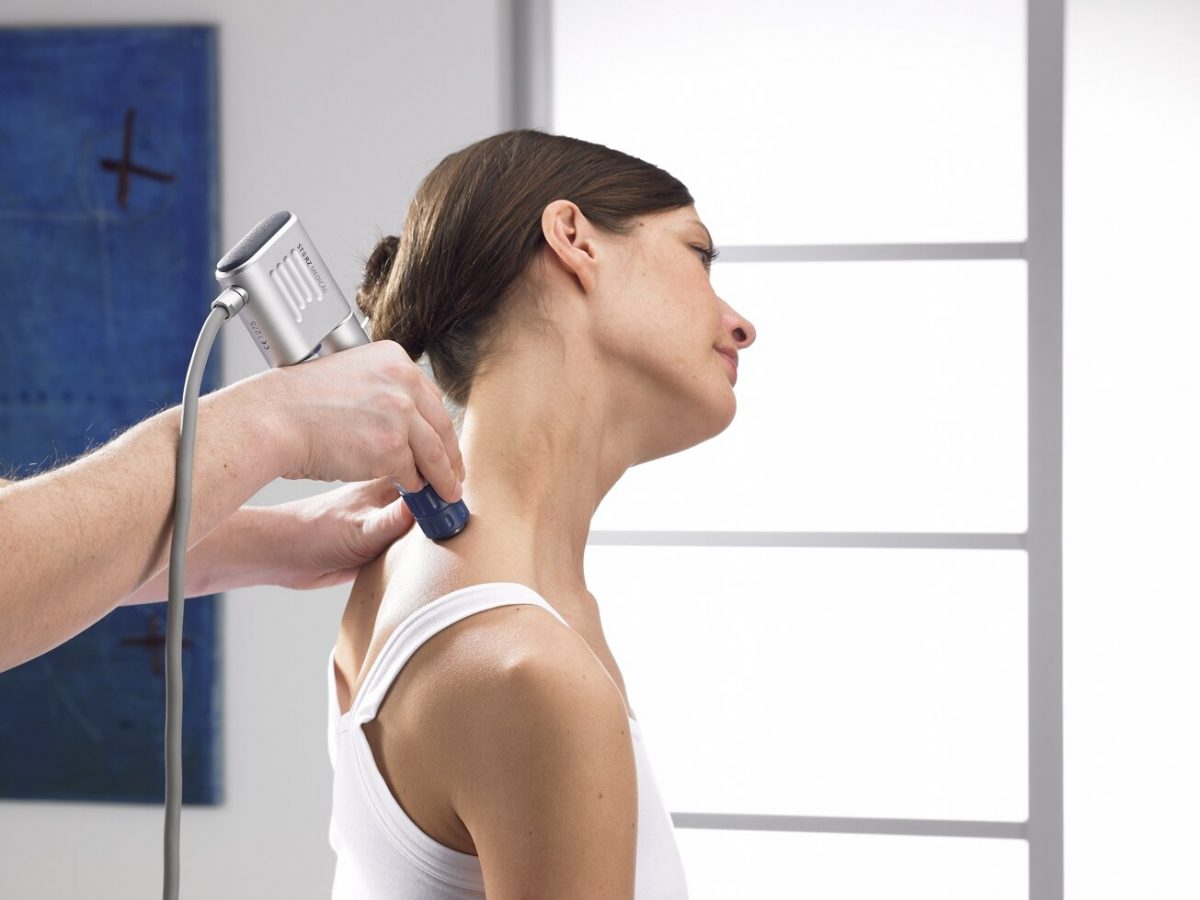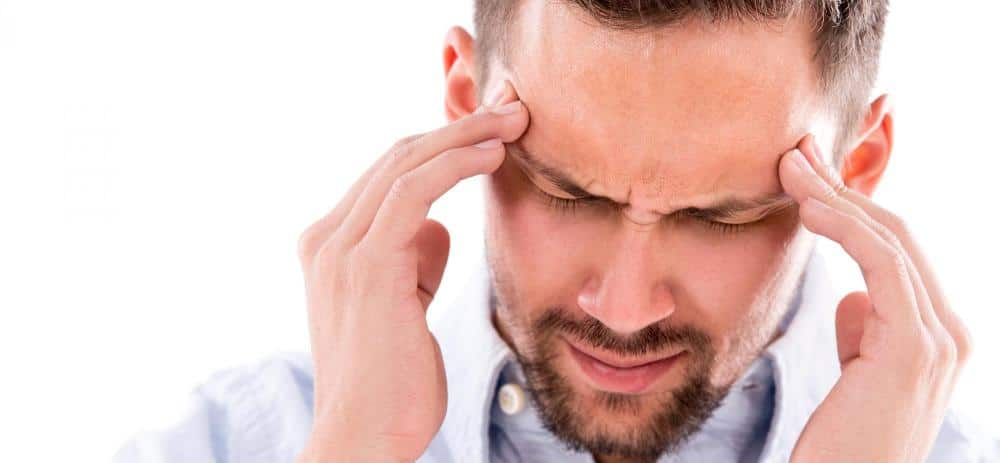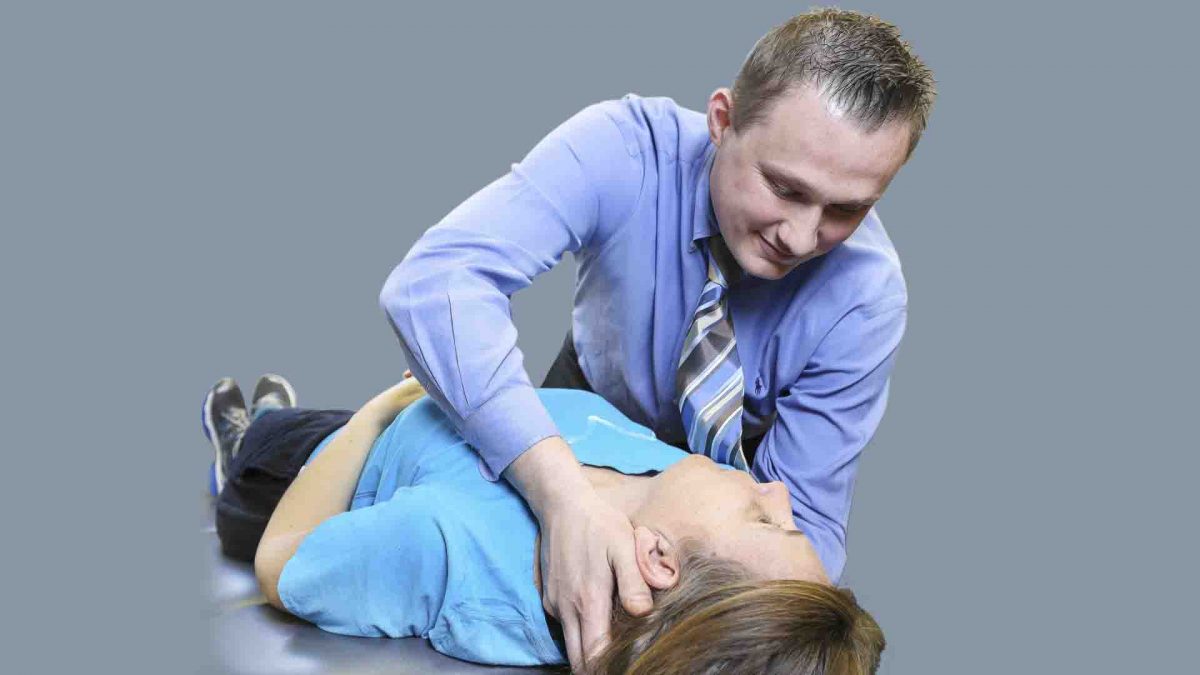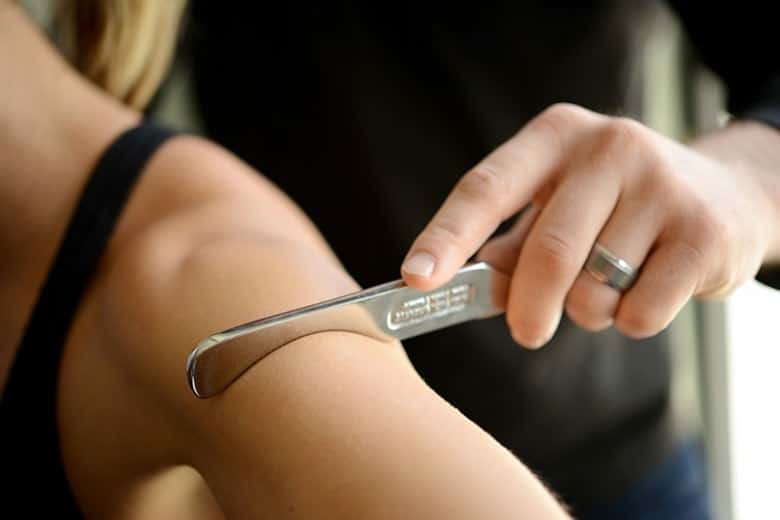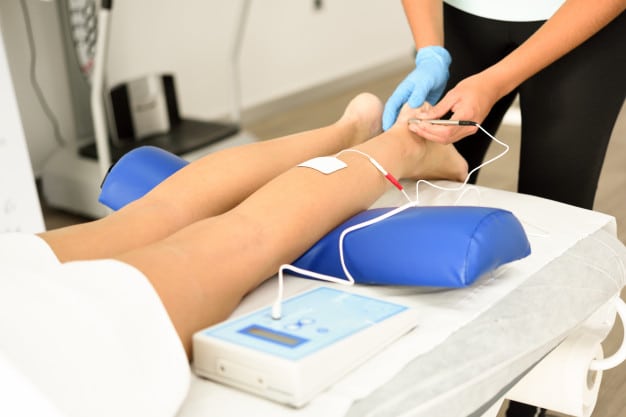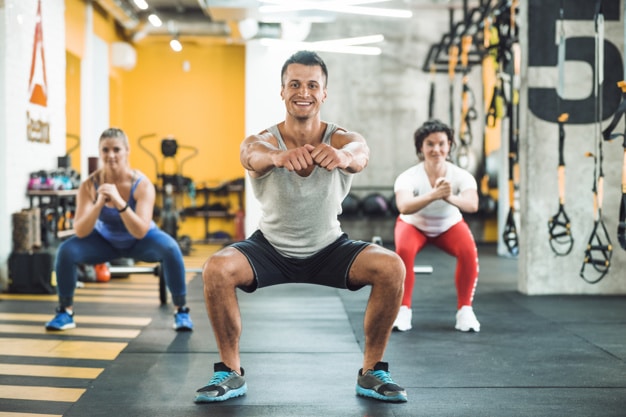Staying physically active is indispensable, and sports provide a fun and engaging method of exercise. However, it is necessary to be cautious about the possibility of a sports injury. You may be better prepared to both checks and cure any damage that may occur.
In this article, we’ will take about the most common sports injuries and the techniques we use for recovery.
Sports Injuries
Common overuse injuries experienced by the athlete are plantar fasciitis, patellar tendonitis, IT band syndrome, sciatica, knee pain, and other painful overuse injuries.
Sports Injuries Therapies
Below are the four most common sports injuries therapies to deal with sports injuries:
Therapeutic Bracing
A well-fitted brace supports the injured area with proper joint alignment. Braces gently impede the range of movement in injured joints, which minimizes stress and pressure on affected joints.
A sports injury often requires a specific type of sports brace, which will offer the most stability over other types of braces.
At prime physio plus, the physiotherapist helps you find and fit the correct brace that can benefit you the most.
Apart from the physical benefits, a well-fitted brace can also have a positive influence on your confidence, which allows you free movement without anxiety.
Besides, wearing a brace can provide extra input to your sensory system, which helps your body respond positively to the additional support, remove joint stability, load distribution, increased movement.
Rotator Cuff and Shoulder Conditioning Program
As a part of sports injury physiotherapy, an exercise conditioning program will help you return to the game quickly and safely.
To get started, physical therapists will design a comprehensive exercise program tailored to your rehabilitation goals.
Following are most likely to be part of sports injuries therapy:
Strength training:
Strengthening the muscles supporting the shoulders helps to fix the shoulder joint stable. As it turns out, keeping these muscles intact can relieve shoulder pain and prevent further injury.
Flexibility Exercises:
Stretching of the muscles plays a vital role in restoring range of motion and preventing injury as well. As a technique, if you stretch your muscles gently after strengthening exercises, it can help reduce muscle soreness and keep your muscles long and flexible.
Use of Protective Pads
Therapy pads provide the facility for a smooth covering and are intended to absorb the force of landing. The protective pad is ideal for gross motor activities in the clinical care facilities for rehabilitation or occupational therapy. Our Sports physiotherapists will assist you in selecting the proper depths and sizes for our adaptive equipment.
Endurance Training
In our Sports Injury Clinic, the sports physiotherapists will take a comprehensive past medical history. That includes learning about your previous injuries, discussing your present health status, the medications you may be on. Further, we will help you understand how these things have affected your body.
After having done an initial assessment of your current health, and while collaborating with you, we will create the endurance program.
The next most crucial characteristic of your sports rehabilitation program is starting at a level that’s suitable for you, and progressing with the sports injury physiotherapy program safely.
Once you have completed these first two steps, we can determine the intensity with which you can safely exercise, and the intensity level helps to determine the duration of the activity. There are lots of factors involved to determine the intensity, which includes monitoring current the heart rate, target heart rate (calculated through age).
Other Endurance Rehabilitation Services
- Physical Therapy
- Free Assessments
- Gait Analysis
- Onsite Consultation and Injury Evaluation
- Training and Event Coverage
- Training on Injury Prevention and Other Advanced Topics
- Personal Training
- Massage Therapy
- Customized Exercise Prescription
- Physician Referral
- Fitness Center Memberships
- Personalized Return-to-Run Program
Conclusion
The list of positive benefits is endless, and now you have the formula to get started. For more information on sports physiotherapy, head to Prime physio plus so that we allot our best physiotherapist for you.


